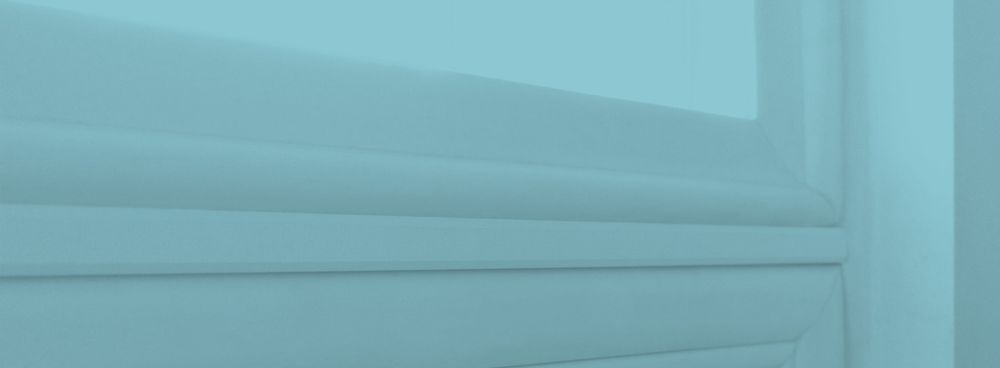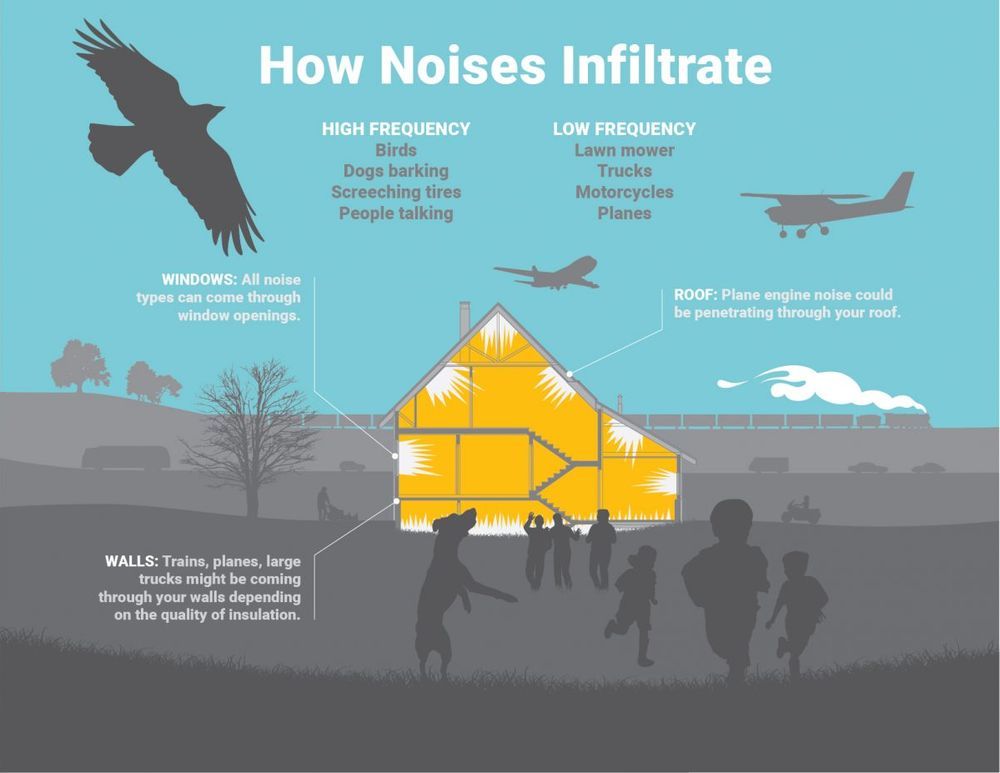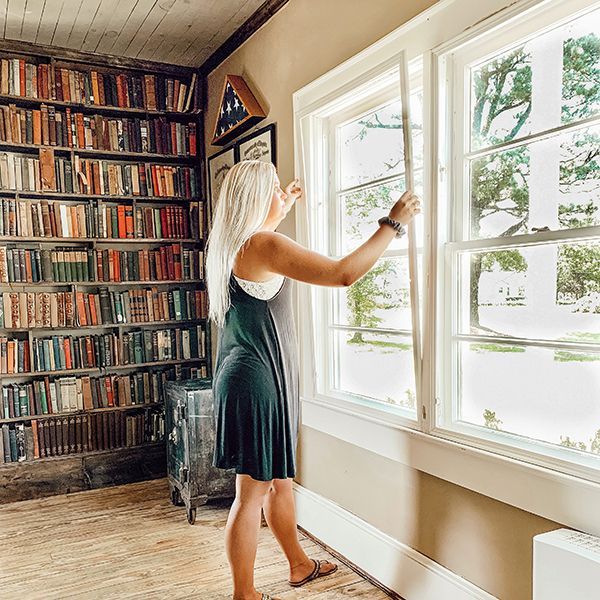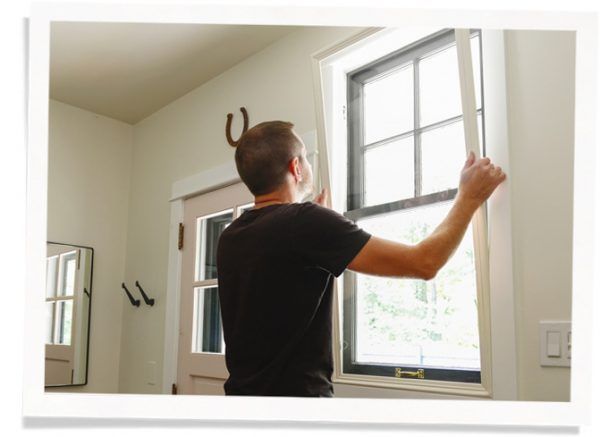Nicola G
5 Stars ⭐️⭐️⭐️⭐️⭐️

In the 21st century, people everywhere face pollution on a daily basis. And of all the different forms of pollution, noise pollution is both overlooked and damaging, making it an unnoticed threat.
The health dangers of noise pollution are many and, though rarely fatal, can lead to extreme discomfort and deafness. Fortunately, there are plenty of ways to combat noise pollution and its harmful effects.
According to the EPA, noise is usually defined as “unwanted or disturbing sound.” Noise pollution is noise that intrudes into a place where the sound is unwanted and harmful. And noise pollution is more than annoying — it’s dangerous. In order to better understand that danger, we use decibels to measure the intensity and loudness of sound.
The level of decibels that cause noise pollution effects on humans is relatively low. For instance, anything louder than 85 decibels can harm your ears and cause long-lasting hearing damage. Something as mundane as city traffic, or even a lawnmower, produces decibels in the 80-90 range.

So, we know what constitutes noise pollution, but how does noise pollution affect humans?
The way we perceive sound is also the way we are harmed by sound. Fundamentally, sound is vibrations in the air. These vibrations are “read” by tiny hair cells in your ears which transmit the vibrations to your brain. When those vibrations are too big (i.e. high decibels), they can damage those hair cells permanently. They can’t be repaired, and they don’t regrow. This sort of damage is known as Noise-Induced Hearing Loss (NIHL).
Besides NIHL, noise pollution can cause high blood pressure and subsequent heart problems. The high-decibel signals that get sent to the brain can stimulate the brain in such a way that it releases adrenaline which can over-excite your heart and cause stress.
Children are especially susceptible to noise pollution. Studies have shown that noise pollution leads to impaired memory, attention, and reading skill.
Now that we know how noise pollution affects human health, we can learn how to combat it and prevent it.

Noise pollution poses an obvious threat. The trick with fighting hearing loss is not to treat damage, but to prevent it.
Protecting your hearing can be as quick as slipping in a pair of earplugs when mowing the lawn or when you’re using loud products to clean your home. However, there are noises out of your control that can infiltrate your house. Plus, it’s not really that fun to wear earplugs all day long in your own home. The solution? Get earplugs for your house itself.
With all the everyday noises, it can be hard to actually tell if those sounds are putting your hearing in danger. Most people don’t have a decibel meter on hand to see if the traffic outside has been damaging their ears and hearing.
In short, it’s better to be safe than sorry. If you find yourself feeling stressed or annoyed from the nearby airport, the train that passes right by your backyard, or the hum of the interstate fifty yards away, then you are suffering from noise pollution.
The good news is that you’ve done the first step to solving the problem: identifying it.
If the noise pollution source is external to your home, you always have the option of filing a noise complaint, but that’s a short-term fix for a long-term problem. Before you set about combating noise pollution, it’s important to identify the source. Is the pollution coming from within the house or outside of it? The source of the sound will determine whether or not you need to use sound-absorbing or soundproofing methods.
Sound absorption deals with reducing the noise that occurs within a room or enclosed space. Sound waves bounce off of surfaces, and the harder and flatter the surface, the more the waves will bounce. Here are a few ways to soften up a room and increase sound absorption:
Carpets and Rugs:
A nice rug can really tie the room together and reduce noise pollution to boot. They’re stylish, take almost no effort to install, and are a quick way to neutralize a highly reflective surface.
Tapestries and Curtains:
Walls and ceilings love soundwaves, that’s why auditoriums are typically designed to have highly concave stone surfaces to really trap that sound and amplify it. You can flip those properties on their heads and modify your walls to be convex and soft. Use tapestries, bookshelves, curtains, even industry-grade noise-canceling panels, anything to reduce the hard, flat surface area that sound waves love.

In most cases, noise pollution is an external problem. We live in a noisy world, but your house should be for peace and quiet. Soundproofing is a great way to keep all the annoying and damaging noise out of everything ranging from your home office to your whole apartment. Let’s review the pros and cons of a few simple methods that will do wonders for your hearing.
Bookshelves:
If you share a wall with a noisy neighbor, bookshelves are a great way to block out their conversations and loud music. The only prerequisite here is a bookshelf and enough books to fill it.
Seal Your Doors:
If you live in an apartment with an adjoining hallway, you know the pains of people walking up and down that hallway at all hours of the day. Replacing your apartment door with something substantially thick, as well as caulking the edges of the frame, will cut that noise in half.
Install Window Inserts:
Un-insulated windows let in a ton of noise pollution, almost more than any other part of your house. Window inserts are a boon for homeowners and renters alike who either can’t or don’t wish to make substantial renovations to their windows. They’re easy to install and brands like Indow offer up to a 70% reduction* in noise.
Out of all the available soundproofing materials, window inserts provide some of the best sound insulation money can buy. They’re inexpensive, easy to install, and offer more than just protection against noise pollution. Indow is renowned throughout the industry not only for their window inserts, but the lengths they go to ensure that their inserts will fit your window frames and will provide the best protection possible.
We’ve seen the effects of noise pollution on human health and now we know the methods and the means necessary to keep our homes and our ears safe from unwanted and damaging noise.
If you’re confident that inserts are an affordable, efficient, and easy solution to the garbage trucks driving by in the morning or the lawnmowers in the afternoon, head over to Indow and get an estimate today to be one step closer to some peace and quiet. Or check out our FAQ page for more information on window inserts, their benefits, and more.
*We want to ensure our inserts help solve your noise problem. Overall noise reduction depends on the amount of noise coming through your walls, ceilings, floors, doors, and existing windows. Noise reduction will be less when placed over double-pane windows. Read our full Noise Reduction Sheet to learn more.
Indow has insulated more than 23,000 buildings - helping reduce carbon emissions by nearly 200,000 tons - and creating comfort across the US & Canada!
I live in a house that’s over 100 years old so some of the windows are odd sizes and drafty. Originally I ordered 3 Indow window inserts for my dining room to try them out. I was so impressed with their appearance and effectiveness at insulating and reducing sound that I decided to order more. Recently I ordered another 9 Indow window units for my living room, bedrooms, bathroom, and kitchen. Both of the orders went very smoothly. They arrived well packaged and in perfect condition. I have already installed all of them and just in time as Chicago and most of the midwest has just been hit by a winter storm and blizzard with below freezing temperatures and 8-12 inches of snow. I couldn’t be happier they look fantastic as well as being practical and functional. My home is so much warmer and quieter now that they have been installed. Indow’s pricing was great and they gave me discounts as a returning customer and for bulk purchasing. Customer service, instructions and follow up were all excellent. Such a wonderful company and product.